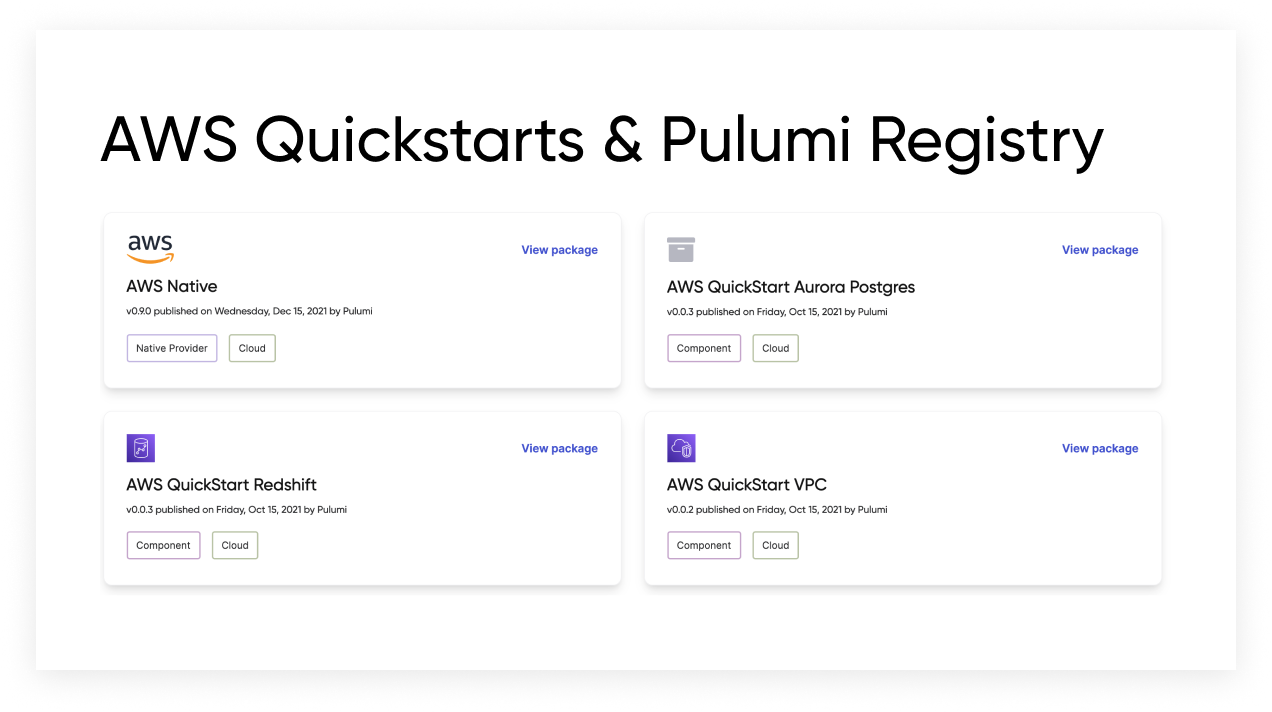API Gateway to EventBridge with Pulumi

If you’ve spent any time with Amazon API Gateway, you know it’s all about making it easier to manage a serverless REST API. But did you know you can do more with API Gateway than just invoke Lambdas? In this post, you’ll learn how to use Pulumi to connect API Gateway with EventBridge, Amazon’s serverless event bus, to build loosely coupled, scalable and maintainable apps and systems.

















